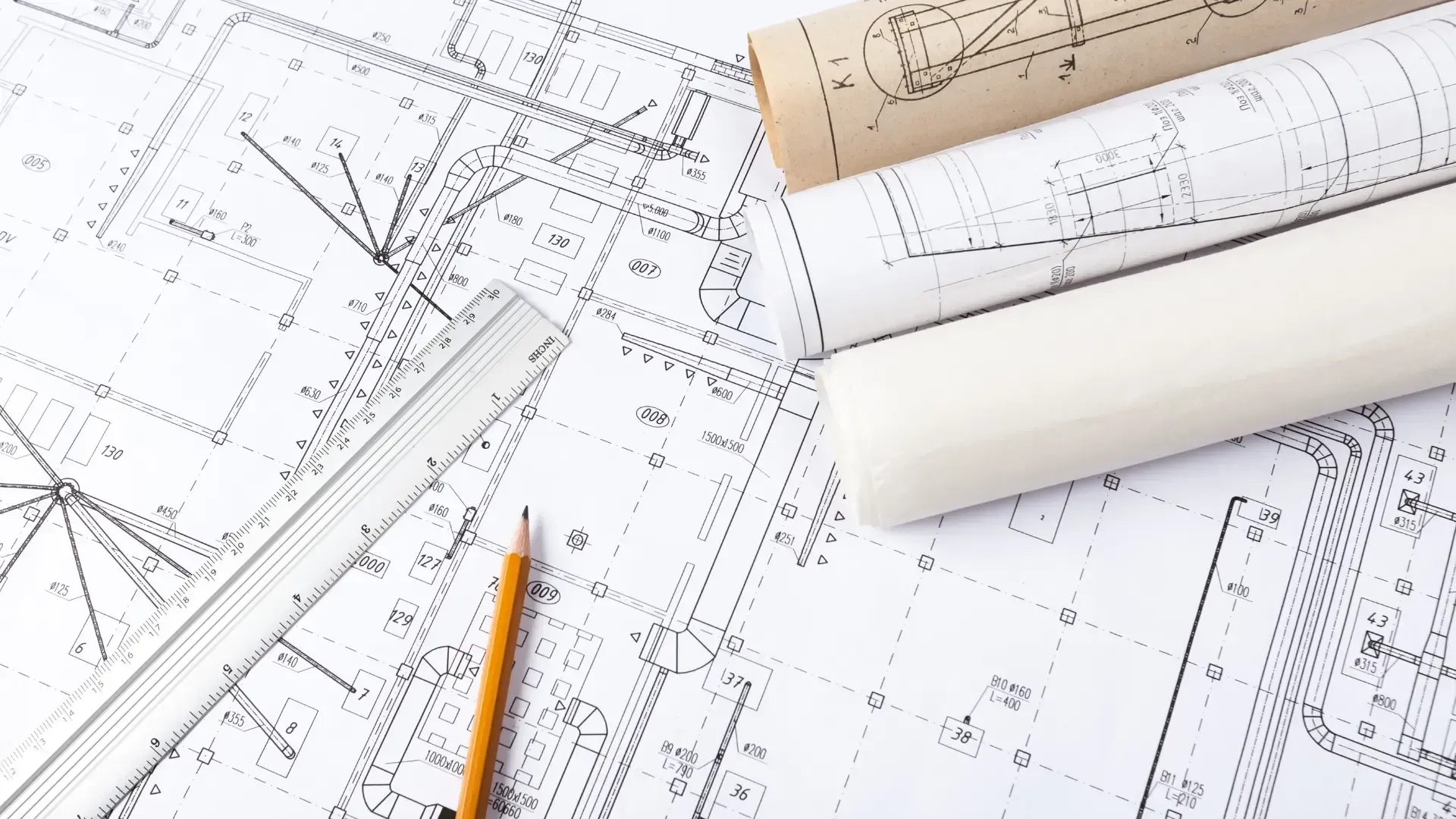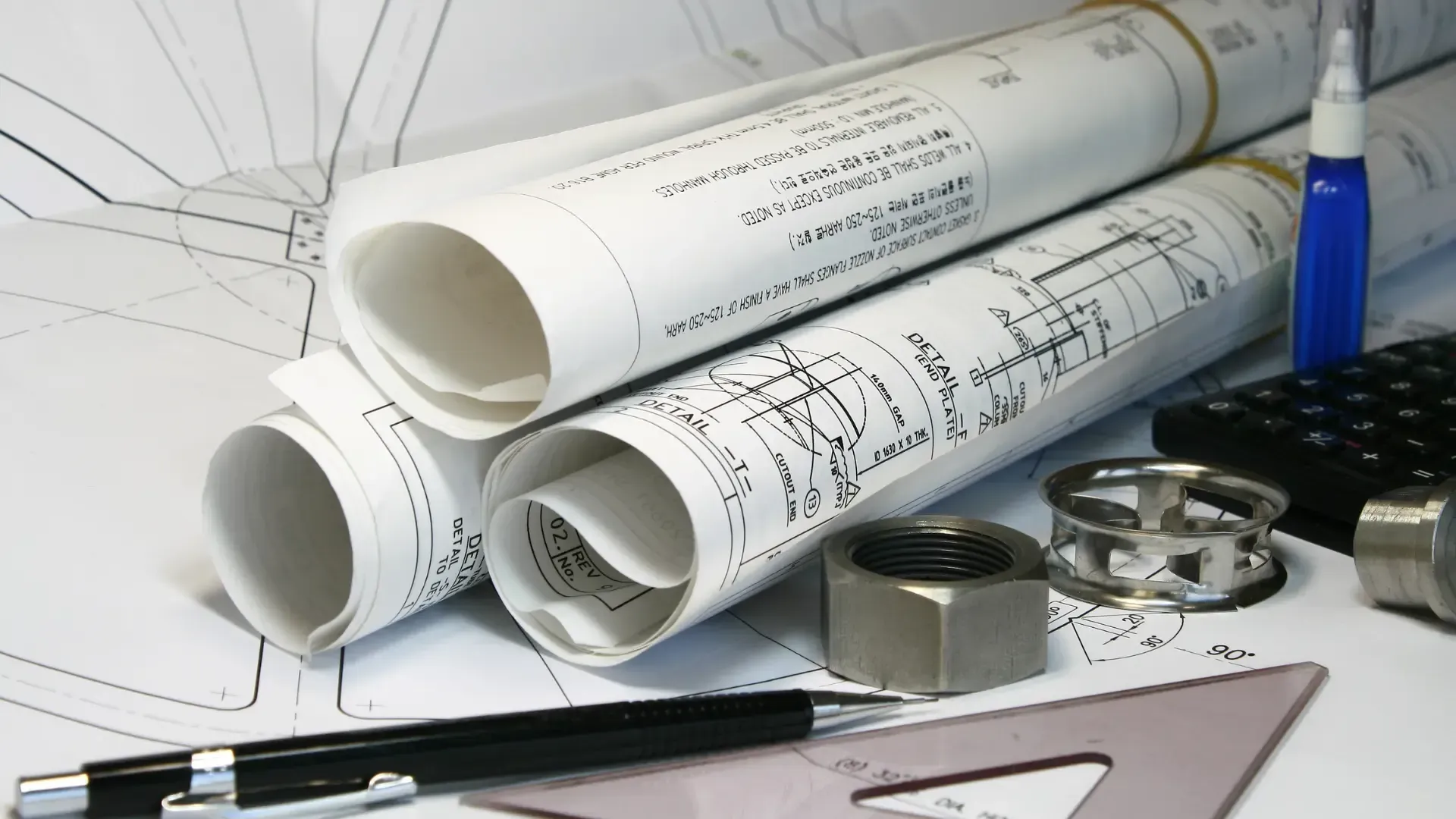Buy Architectural Scales for Accurate Blueprint Measurements
Why Accurate Blueprint Measurements Matter
Accuracy is crucial in architecture. Small mistakes in blueprint measurements can lead to big problems. If the measurements are wrong, the building won’t fit together as planned. This can cause delays, cost increases, and even safety risks.
Blueprints are the foundation of any construction project. They define the layout and details. If the measurements are off, the whole project is at risk. A simple mistake can lead to costly errors and delays.
This is where architectural scales make a difference. These tools help architects turn large designs into smaller, manageable versions. They ensure the measurements stay accurate and proportional. Whether it’s a small home or a large building, using the right scale makes sure every detail is correct. It helps avoid mistakes and keeps projects on track.
Architectural scales are essential for safe and functional designs. The American Institute of Architects (AIA) says that precise measurements are crucial for both accuracy and safety. By using the right scales, architects make sure their plans are built correctly from start to finish.re built correctly, from start to finish.

What Are Architectural Scales?
Architectural scales are tools that help architects and designers turn real-world measurements into smaller sizes for blueprints. They make it easier to draw large structures to scale, ensuring everything is proportionate and accurate.
An architectural scale is like a ruler. It has different markings for different ratios. The most common ratios are 1:100 and 1:50. A 1:100 scale means 1 unit on the blueprint equals 100 units in real life. For example, 1 inch on the drawing represents 100 inches in reality. The 1:50 scale is used for larger details, where 1 unit on the plan represents 50 units in reality. These scales help keep designs accurate and clear.
There are two main types of architectural scales: metric and imperial. Metric scales use millimeters and centimeters, while imperial scales use inches and feet. Some scales offer both types, called dual scales, to make them more flexible.
The right scale depends on the size of the project. For small buildings or rooms, you might use a 1:100 scale. For larger buildings, a 1:50 scale is better. Using the correct scale ensures your blueprint is accurate.
The Benefits of Using Architectural Scales for Blueprint Measurements
Accurate measurements are essential in architectural design. Without the right measurements, buildings may not align as planned. Architectural scales help architects create blueprints that reflect the correct proportions of a building. They make sure that the final construction matches the design.
Precision
One key benefit of using architectural scales is precision. These scales allow architects to draw accurate, scaled-down versions of real-world measurements. Even small mistakes can lead to big problems. By using the right scale, these risks are minimized.
Saving Money
Saving money is another major advantage. Poor measurements can lead to costly issues, like extra materials or wasted labor. In some cases, it could mean tearing down part of the structure. Accurate measurements from the start can prevent these unnecessary costs.
Save Time
Architectural scales also save time. By scaling measurements accurately, architects can complete designs more quickly. This keeps projects on schedule and helps avoid delays.
Flexibility
Finally, these scales offer flexibility. Many come in portable sizes, perfect for professionals on the go. Some scales are even customizable, allowing architects to add their company logo or other branding.
According to the National Institute of Building Sciences, poor measurements can increase project costs by up to 10%. Using the right scale ensures that a project stays on budget and on track.
How to Choose the Right Architectural Scale
Selecting the right architectural scale is crucial for accurate and efficient design work. The right scale ensures your measurements are precise and appropriate for the project at hand. Here are a few key factors to consider when choosing an architectural scale.
Scale Ratio
The first thing to think about is the scale ratio. Different projects require different ratios. For example, small structures or rooms are often best represented with a 1:100 scale, where 1 inch on the blueprint represents 100 inches in real life. Larger buildings or detailed sections may require a 1:50 scale, where 1 inch equals 50 inches. Choosing the right ratio depends on the size of the project and the level of detail needed.
Material and Durability
rchitectural scales come in various materials, each offering different benefits. Plastic scales are lightweight and cost-effective, but they may wear out faster with heavy use. Metal scales are more durable and long-lasting but tend to be heavier and pricier. Laminated scales are a good middle ground, offering durability while being lightweight. Laminated versions are often water-resistant, which makes them ideal for on-site use.
Customization
Many architects choose customized scales to add a personal touch or brand their tools. Custom scales with a logo or contact information are a great way to promote your business or give them as promotional giveaways. Whether you need scales for your team or clients, customization options are available to make your tools stand out.
Choosing the right architectural scale depends on your needs. Whether you’re designing a small building or a large complex, consider the scale ratio, material, and any customization options. A brief buyer’s guide or chart can help break down the various types and guide you toward the best choice for your specific project.
Where to Buy Architectural Scales
When looking to buy architectural scales, it’s best to choose a reliable supplier. Specialized stores offer quality scales designed for precision. Look for companies known for their trusted products and good customer service.
Online shopping is a great option. Many suppliers have secure payment methods and clear return policies. You can shop from the comfort of your home and find a variety of scales to meet your needs.
For businesses or architects needing large orders, many suppliers offer bulk purchasing options. Buying in bulk can save money. Some stores also offer custom scales, where you can add your company logo.
To ensure trust, choose suppliers with clear contact details. A good supplier will provide a phone number or email for support. This makes it easier to reach them if you have any issues.
For quality and customization, check out Multiscale Products. They offer a range of architectural scales, with options for custom orders.
Need Expert Advice? Contact Us Today!
If you have any questions about which architectural scale is best for your project or if you're interested in custom options, our team is here to help. Reach out to us, and we'll guide you through the process to ensure you find the right tools for the job.
Frequently Asked Questions
What is the difference between architectural scales and engineering scales?
Architectural scales are used to create blueprints for buildings. They show size and proportions with ratios like 1:100 or 1:50. Engineering scales are used for technical drawings. They focus on precision and are often used for roads, bridges, and other projects.
How do I use an architectural scale to measure blueprints?
To use an architectural scale, first pick the right ratio. Place the scale on the blueprint. For example, with a 1:100 scale, each inch on the scale equals 100 inches in real life. Move the scale across the blueprint to measure the length of walls, doors, or other elements.
Can I customize my architectural scale with my company logo?
Yes, many suppliers allow you to customize your architectural scale. You can add your company logo or contact information. This is useful for businesses or giveaways.
Are these scales available in different units (metric vs imperial)?
Yes, architectural scales come in metric and imperial units. Some scales even offer both systems, so you can switch between them easily depending on your project.
Conclusion
Accurate measurements are essential in architecture. They ensure that designs are safe, functional, and built to last. Using the right tools, like architectural scales, helps maintain this precision.
If you're ready to get started, browse our collection of architectural scales to find the perfect fit for your projects. We offer customizable options to make your scales unique. Need more information? Contact us today for expert advice or custom orders.
Don't settle for anything less than precise. Order now and take your designs to the next level.
Shop Now for Quality Architectural Scales
Ready to get started? Browse our selection of architectural scales to find the perfect tool for your next project. We offer a range of high-quality options, including customizable scales for professionals and businesses.


